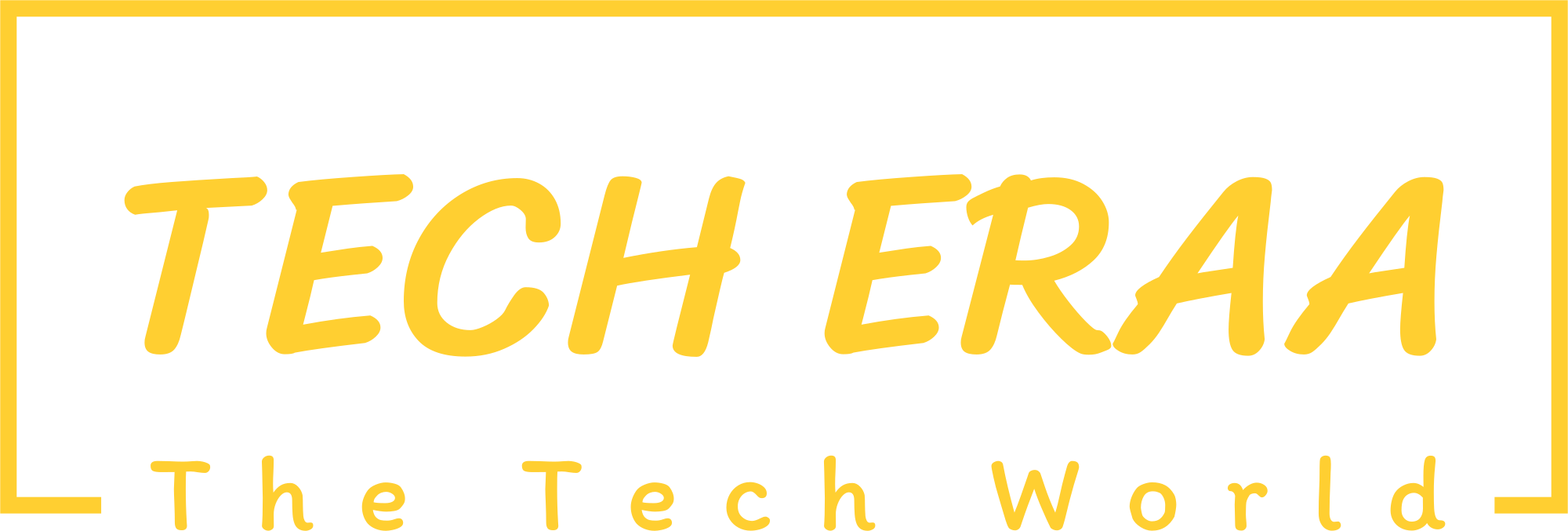Hey there, fellow project wranglers! If you’re knee-deep in the world of scrum and agile, you know that sprint retrospectives are like the pit stops in a Formula 1 race. They’re critical for keeping your team running smoothly and learning more about what went right (or wrong) with your agile project.
Today, we’re diving into some sprint retrospective examples of what went well and checking out a cool retrospective tool that can make your meetings a breeze.
What Went Well: Celebrating the Wins
First off, let’s talk about the feel-good part of retrospectives: what went well. Imagine you’re in a retro meeting, and everyone’s gathered around, virtual or in-person. Here are some classic examples of what teams often celebrate:
- Improved Communication: “Remember when we started this sprint, and everyone was drowning in emails? We switched to a new chat tool, and now, it’s like we’re a well-oiled machine!” Improved communication can be a game-changer, making everything flow smoother.
- On-Time Deliveries: “We hit all our deadlines this sprint. No last-minute scrambles, no pulling all-nighters. It feels like we finally found our rhythm.” Hitting those milestones can boost morale and confidence.
- Team Collaboration: “I loved how we all came together to solve that tricky bug. Instead of passing the buck, we rolled up our sleeves and tackled it head-on.” This shows that teamwork is making the dream work.
- Customer Feedback: “Our latest feature got rave reviews from the customers. It’s great to see our hard work paying off.” Positive feedback can be a massive motivator for the team.
Celebrating these wins isn’t just about patting each other on the back. It’s about recognizing what’s working so you can do more of it.
Retrospective Tools: Making Meetings Easier with RetroTeam
Now, let’s talk about tools. A good tool can turn your retrospectives from a drag to a delight. Let me introduce you to a standout option that’s making waves in the project management world:
RetroTeam: RetroTeam’s mission is straightforward—help you organize and get on with your retros, whether your team is under one roof or scattered around the globe. This tool is designed to facilitate open communication and clear reporting, which are essential for keeping teams productive and motivated.
RetroTeam focuses on simplicity and effectiveness. Its minimal design and intuitive user experience make it one of the easiest retrospective tools to learn. This is perfect for managers who want to cut through the noise and keep productivity up without spending time learning a new, complex system. If you’re a leader who can’t afford to lose momentum, RetroTeam offers a streamlined platform for effective collaboration and open dialogue, driving constant improvement.
Retrospectives help managers, developers, and other stakeholders focus on finished tasks to better prioritize what’s left to do. Productive, motivated teams lead to better outcomes and lower costs. RetroTeam ensures that these meetings are productive and insightful by offering a user-friendly interface that encourages participation and transparency. It’s ideal for the managers who don’t settle and need a reliable tool to keep their teams on track.
Bringing It All Together
Alright, let’s wrap this up. Sprint retrospectives are your chance to hit the pause button and reflect on the journey so far. By focusing on what went well, you can boost morale and set the stage for future success. And with RetroTeam, you can make these meetings not just productive, but actually enjoyable.
So, next time you’re gearing up for a retro, remember to celebrate those wins—big or small. And don’t be afraid to try out RetroTeam to keep things fresh. After all, in the agile game, it’s all about continuous improvement and having a little fun along the way.
Happy sprinting, folks! 🚀
Feel free to share your own retrospective stories or experiences with RetroTeam in the comments below. Let’s keep the conversation going!


